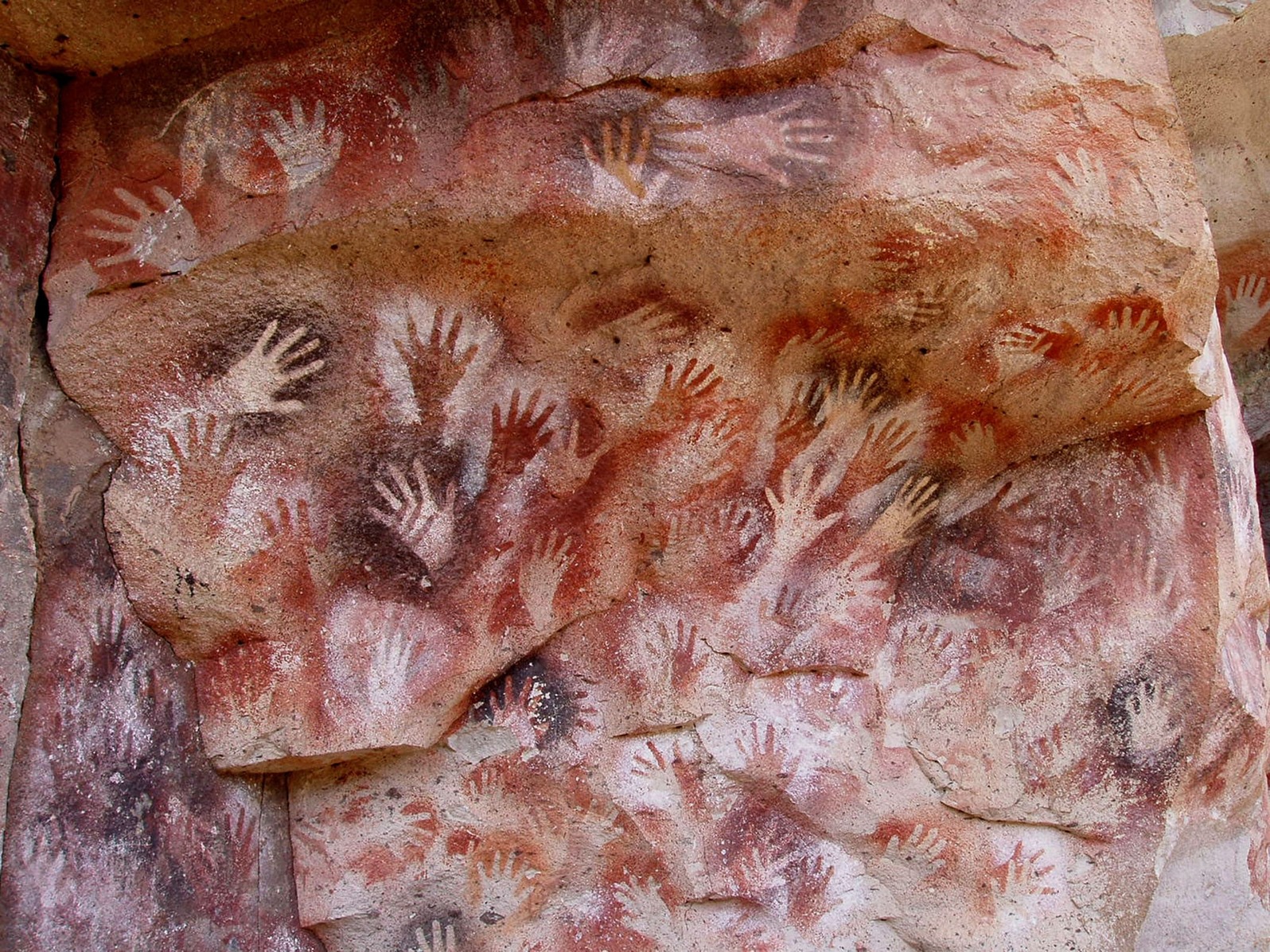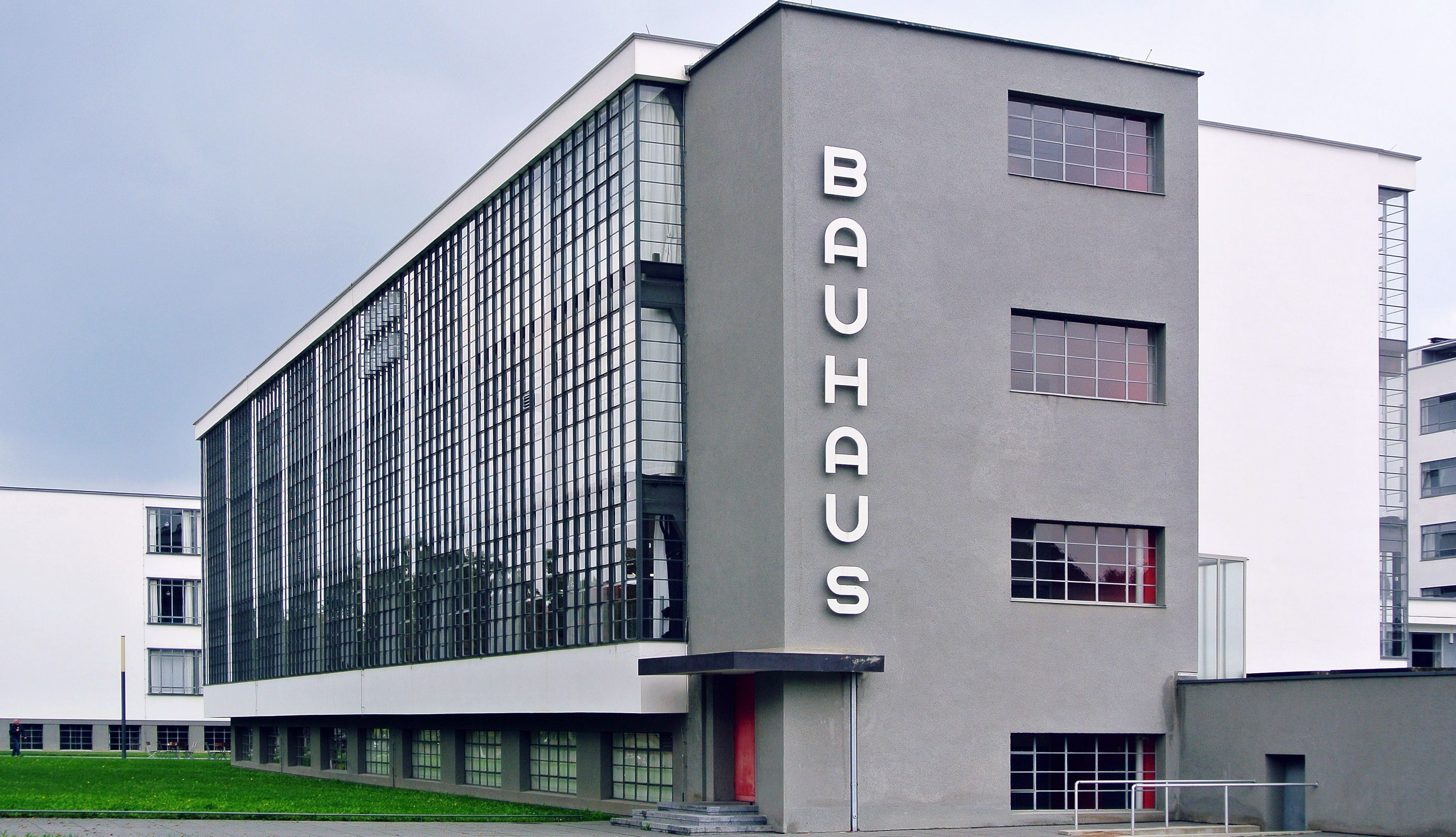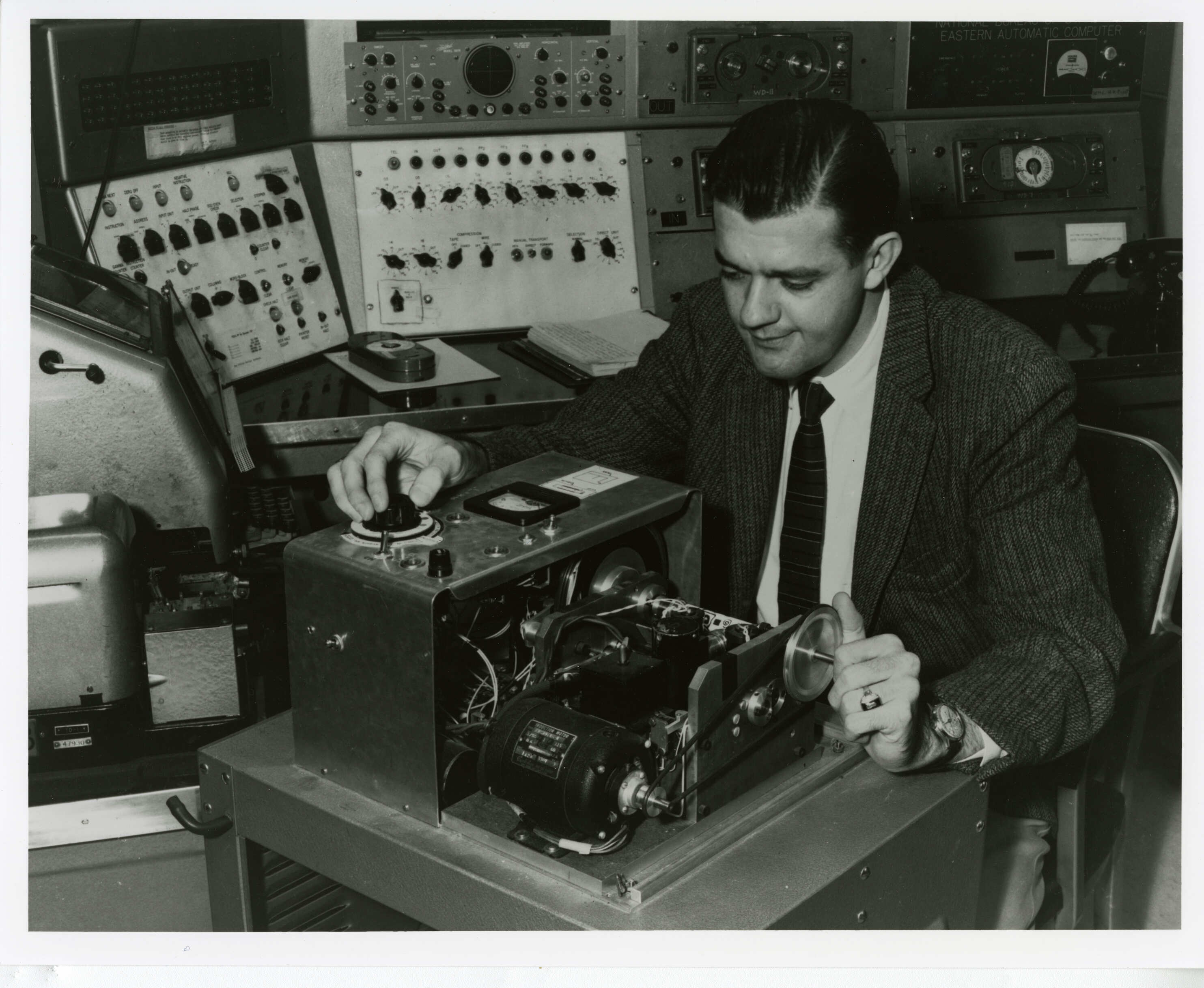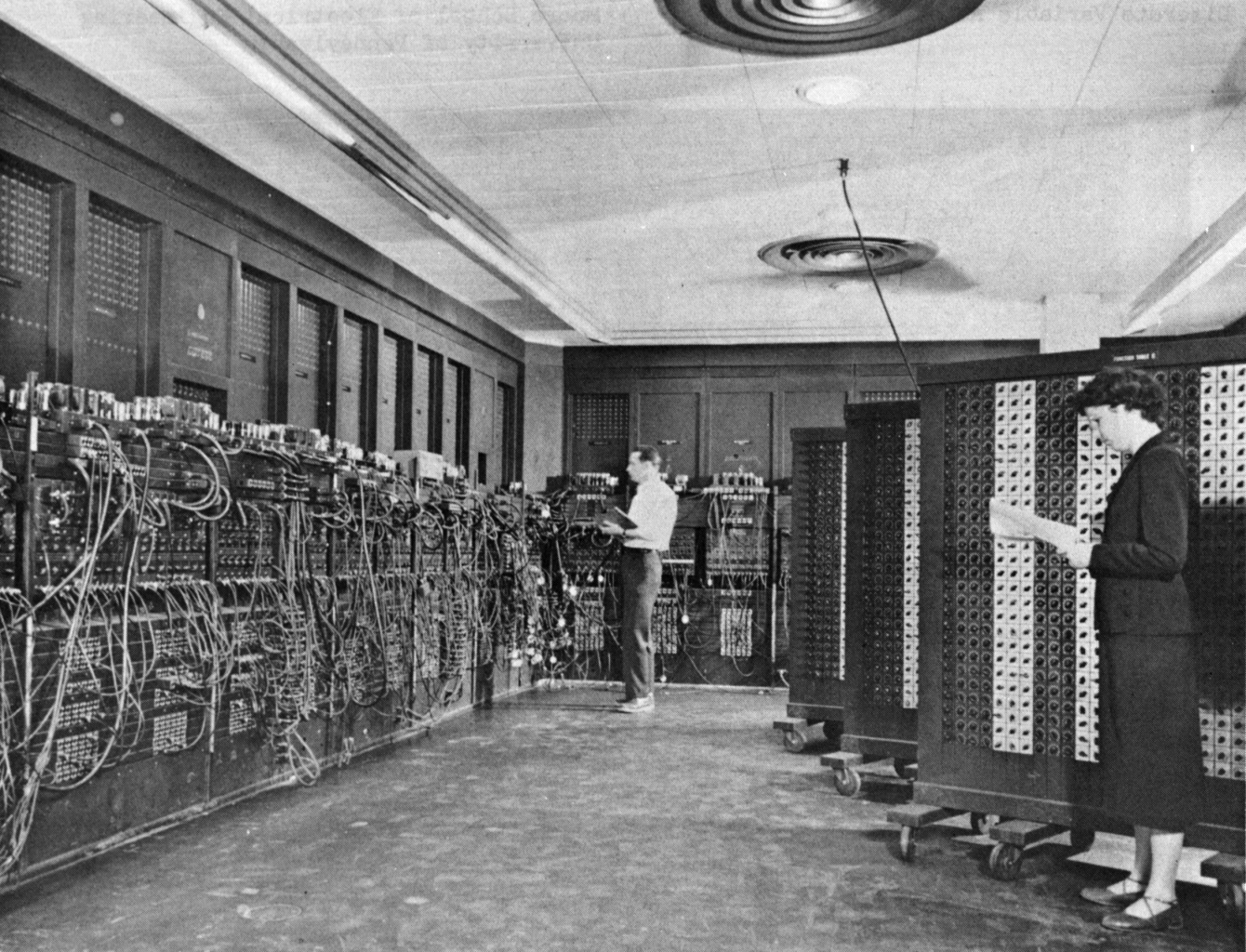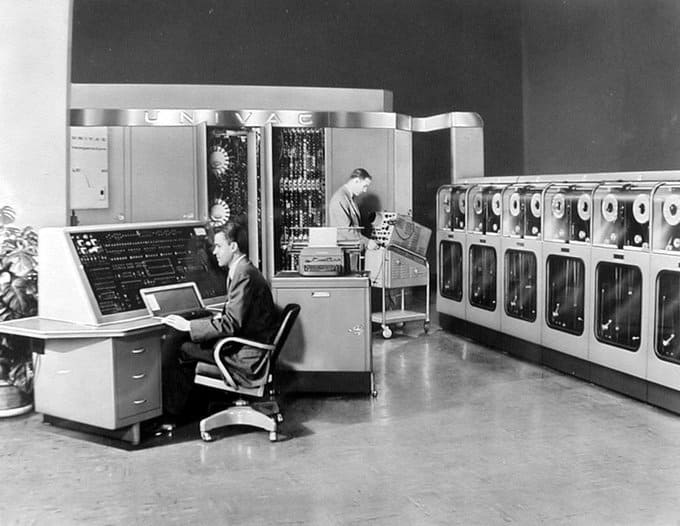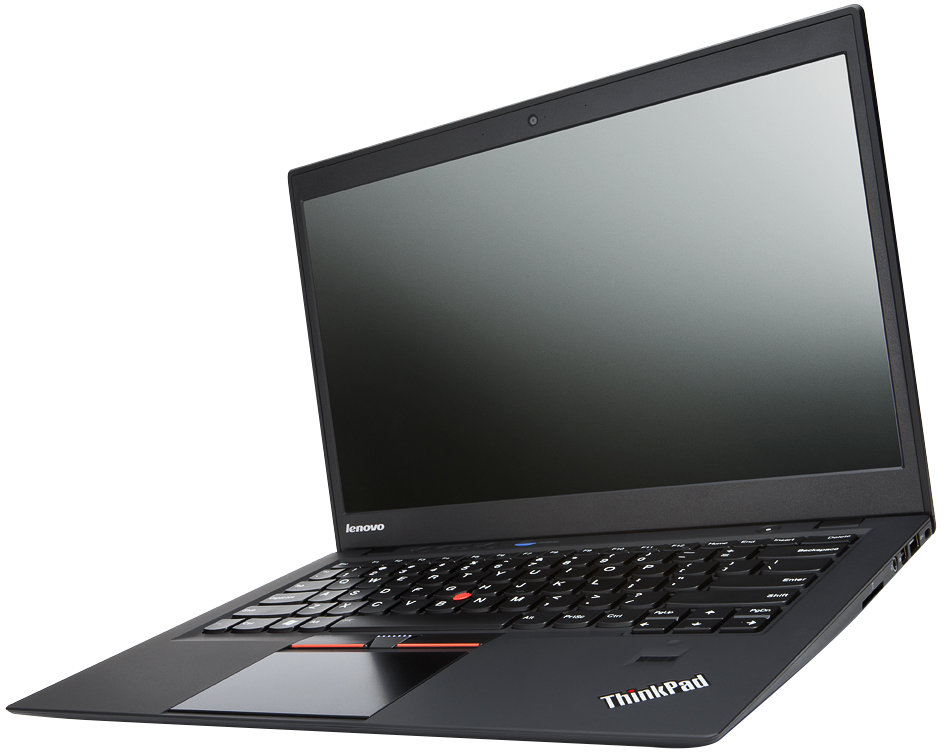THE HISTORY OF 3D RENDERING IN THE 1990s: Revolutionary decade. Part 2
THE PLACE
Silicon Valley
By the 1990s Silicon Valley had become the key point of computer innovation and high tech. Lots of the world’s biggest high-tech corporations are located here. Its closeness to Stanford University and other prominent educational institutions provided constant stream of “brains”, giving start to hundreds of startup companies and strengthening the giants. Among them are Hewlett-Packard, Apple, Intel, Adobe, Google, Facebook, eBay, Nvidia, Oracle, Xerox, Yahoo! and many others which are located in this world biggest innovation cluster. Silicon Valley is the motherland of the microprocessor and the microcomputer as well as other technologies and innovations, which a bit later completely changed the world and people’s lives. The outbreak in hardware in 1990s boosted advancement in software including 3D Rendering soft.
3D TEST MODELS OF 1990s
3D test models are designed to test and demonstrate different aspects and algorithms of computer graphics and visual effects. They are important in comparing the results of rendering.
The collection of 3D test models can be divided into two groups: the modelled ones and the scanned ones. The list started with the modelled Utah Teapot (see in the previous posts), the next modelled one was the Cornell Box.
Cornell Box
The Cornell Box is a 3D test model, that was created to test 3D rendering software, comparing the real photo of the visualized scene with the rendering of the same scene.
It was developed by Cindy M. Goral, Kenneth E. Torrance, Donald P. Geenberg, and Bennett Battaile at Cornell University and it was first introduced at the annual CG conference SIGGRAPH in 1984. In the 1990s the improved version appeared due to the Persistence of Vision Ray Tracer (POV-Ray) a ray-tracing program that can generate images from a text-based scene description. The ray-tracing algorithm creates images by throwing rays inside a scene from the source of light and then getting them back from the surfaces of the objects which makes it possible to fit the colour value of pixels.
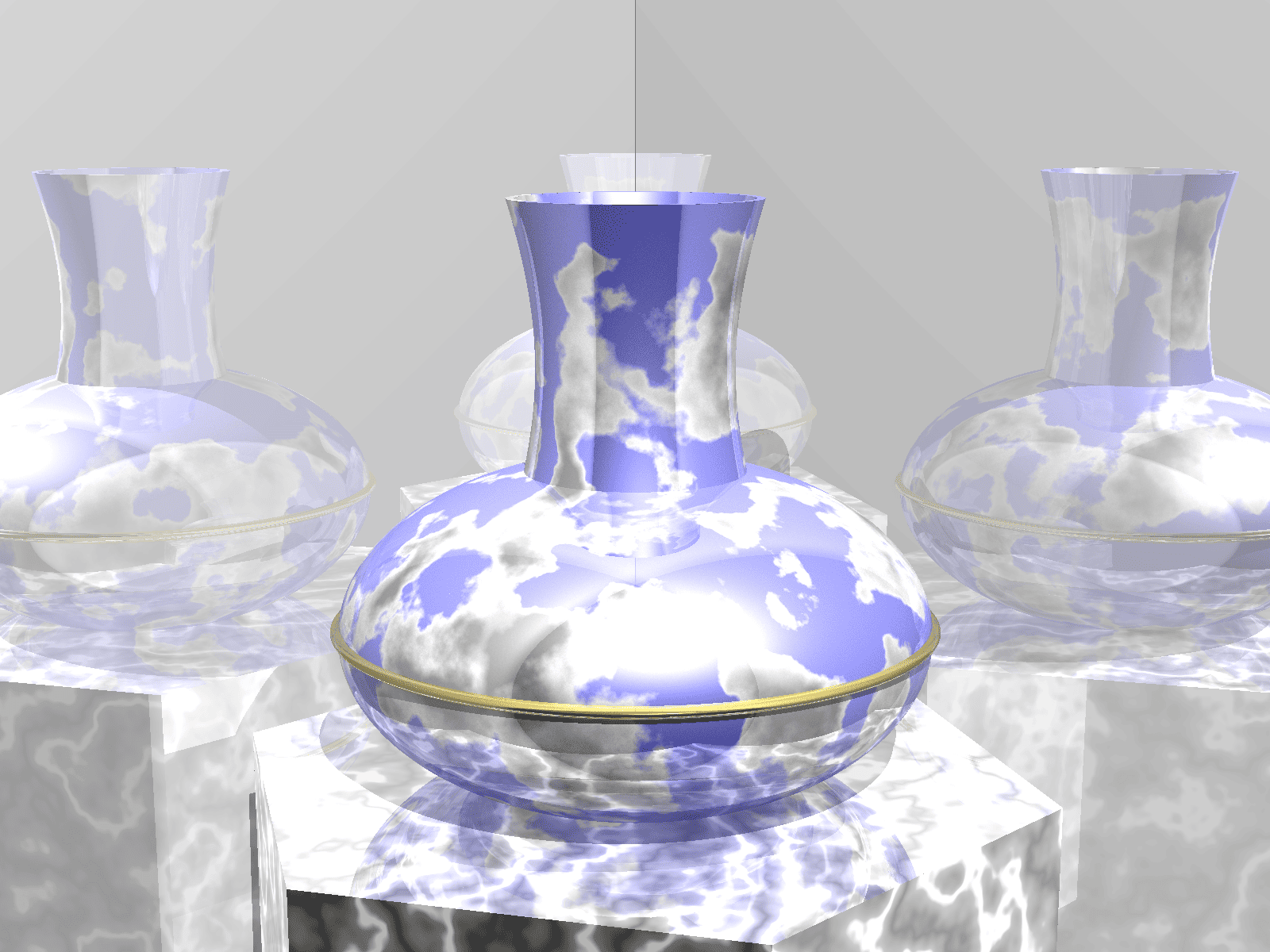
The real model of the Cornell box is created and photogaphed and the basic settings are measured: position and size of the objects, walls, light source, camera and the spectra of the light source and of all the surfaces.
The basic environment consists of:
- A white ceiling
- A white floor
- A white back wall
- A red left wall
- A green right wall
- One light source in the center of a ceiling.
Then the scene is visualized and rendered, and the output file is compared with the photograph.
Some objects can be placed inside the box. The first objects were 2 white boxes and 3 spheres to show the reflection of light off different surfaces. (P7) One of the spheres is made of glass, another has a perfect mirror surface.
The physical qualities of the box can demonstrate diffuse interreflection, e.g. some light reflected off the red and green walls fall on the white wall, the floor and the ceiling, making them slightly red and green.
The Cornell Box has been applied many times over the years and now it is a commonly used 3D test model.
3D SCANNING
The revolutionary achievements of the 1990s lie also in the field of 3D Scanning and 3D Printing. Starting in the 1960s in strictly secret military projects and proceeding at the end of the 1980s into public area the technology of recreating real objects into 3D computer images advanced in the 1990s due to breakthrough in hardware.
The first 3D Scanners were able to collect information about an object with special contact probes which touched the surface thousands of times. Later white light and lasers started to be used for the same purposes. But it was not until the 1990s when computers became powerful enough to keep and process this gigantic amount of information.
The first mass 3D Scanner was titled REPLICA. It was developed in 3D Scanners company and launched in 1994. This was a revolutionary event in computer technologies, as rapid and detailed scanning of complex objects finally became available, propelling algorithms and methods of 3D rendering. The application of 3D Scanning expanded swiftly into lots of spheres including film production, video games, augmented reality, medicine, industry, architecture and design.
Stanford Bunny
This 3D test model is from the scanned models list. It was created by Greg Turk and Marc Levoy at Stanford University in 1993-1994. First the terra-cotta figurine of a rabbit was 3D-scanned and then a 3D computer model was developed of 69,451 triangles.
Various CG algorithms can be tested with the help of this model, including surface smoothing, data compression and polygonal streamline.
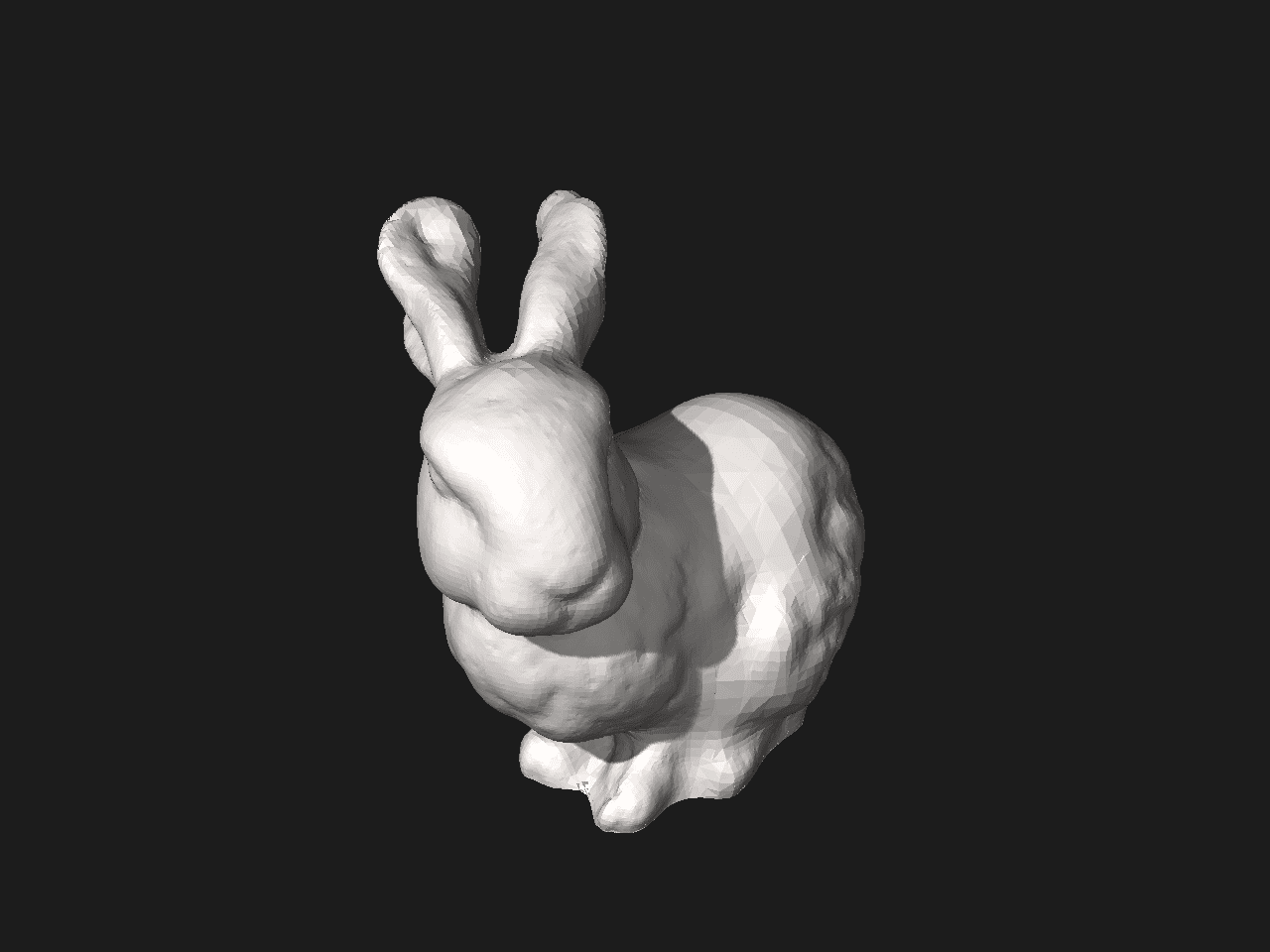
There are some problems that can occur while data processing of 3D scanning, in particular whether the specified surface is manifold connected or if there are holes in the data, due to characteristics of scanning or peculiarities of the object. Using the Stanford Bunny as a benchmark for CG algorithms can help overcome these complexities.
Nowadays the Stanford Bunny is considered a simple model.
Stanford Dragon
The Stanford Dragon is another 3D CG test model, designed at Stanford University in 1996. A Cyberware 3030 MS (Model Shop) Colour 3D Scanner was used to create a virtual model, which comprises data of 871,414 triangles, collected by scanning a real model. The usage of the Stanford Dragon is similar to that of the Stanford Bunny. Both models are available on the Internet for free.

